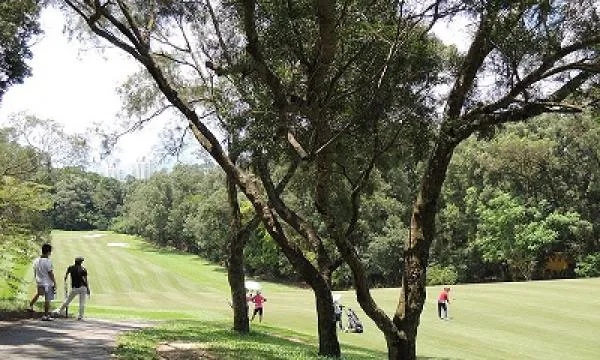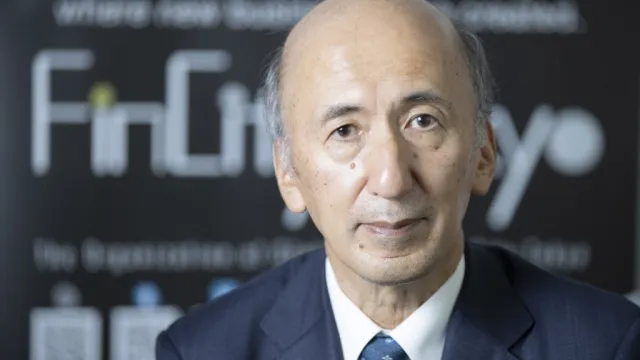
Housing space could be unlocked by relocating Kwai Tsing port and Fanling golf course to artificial island
A think tank has proposed that this could free up space to house 830,000 residents.
Hong Kong think tank Professional Commons has proposed the construction of a 520-hectare artificial island in Mainland waters which will serve as the new home for the Kwai Tsing container terminal and Fanling golf course in order to free up space for housing, reports South China Morning Post.
Also read: Reclamation and real estate revamp eyed to boost flat supply
The 520-hectare area would be linked to an island built on the Hong Kong-Macau-Zhuhai bridge which is around 7km away from Lantau.
Some 170 hectares at the north of the artificial island would be reserved for relocating the New Territories golf course and give room for 45,000 new homes for 130,000 people.
Also read: Government mulls development options for Fanling golf course
Another 350 hectares at the south of the artificial island would be for relocating the container terminal. If around 45 per cent of the freed up space were allocated for housing, it could provide 250,000 flats for 700,000 people.
The relocation of the two facilities would accelerate Hong Kong’s plans towards a more sustainable urban path, Bauke Siemen Albada, the founder of architecture firm Albada Architects told SCMP, as the relocation of the container port would reduce air pollution problems in the congested SAR.
“This outer harbour island will have close links to both Hong Kong and Macau and future golfers will be able to enjoy a great sea view,” Professional Commons’ policy committee convenor, Albert Lai Kwong-tak added.
The proposal comes during the government’s ongoing public consultation studying measures to boost land supply in space-starved Hong Kong that continues to grapple with a shortage of over 1,200 hectares. The Lam administration has considered building homes atop transport infrastructure, developing the underperforming Tuen Mun terminal into a housing estate and reclamation as part of its efforts to unlock more land.
Photo from Soybeans - Own work, CC BY-SA 4.0








![Cross Domain [Manu + SBR + ABF + ABR + FMCG + HBR + ]](https://cmg-qa.s3.ap-southeast-1.amazonaws.com/s3fs-public/styles/exclusive_featured_article/public/2025-01/earth-3537401_1920_4.jpg.webp?itok=WaRpTJwE)









 Advertise
Advertise


